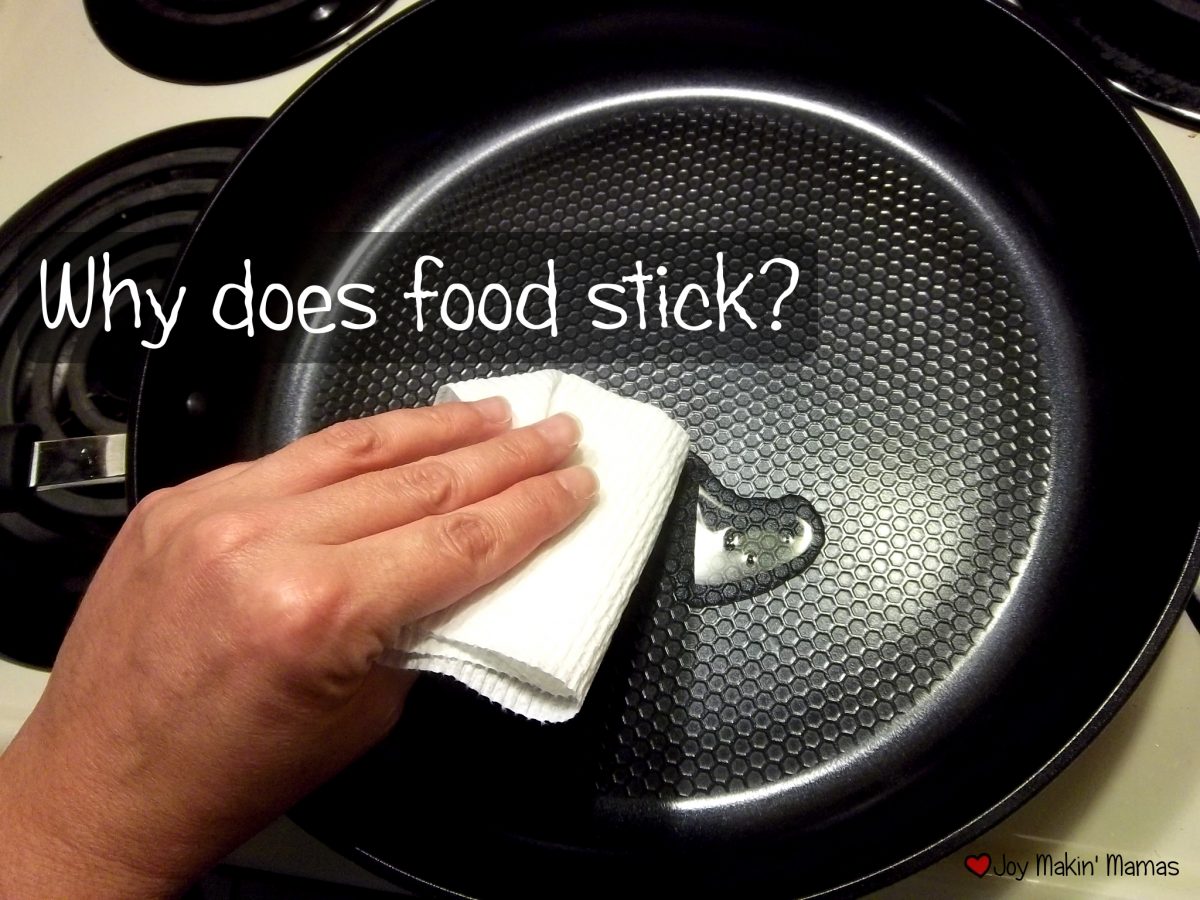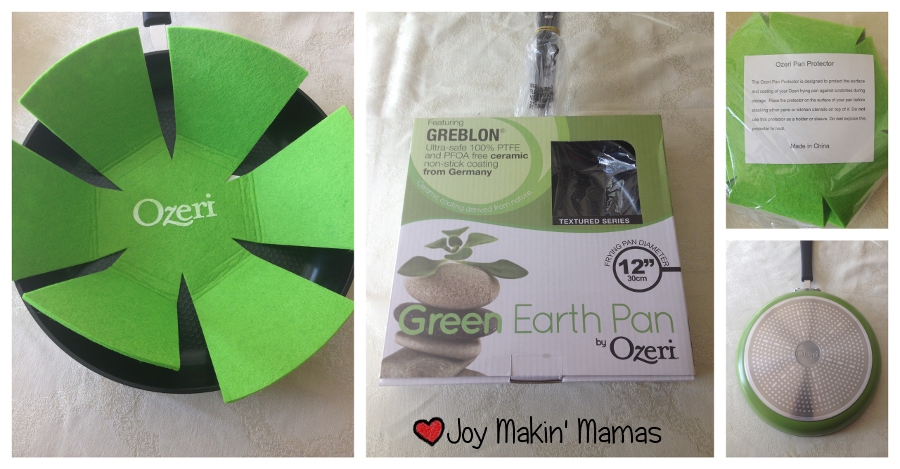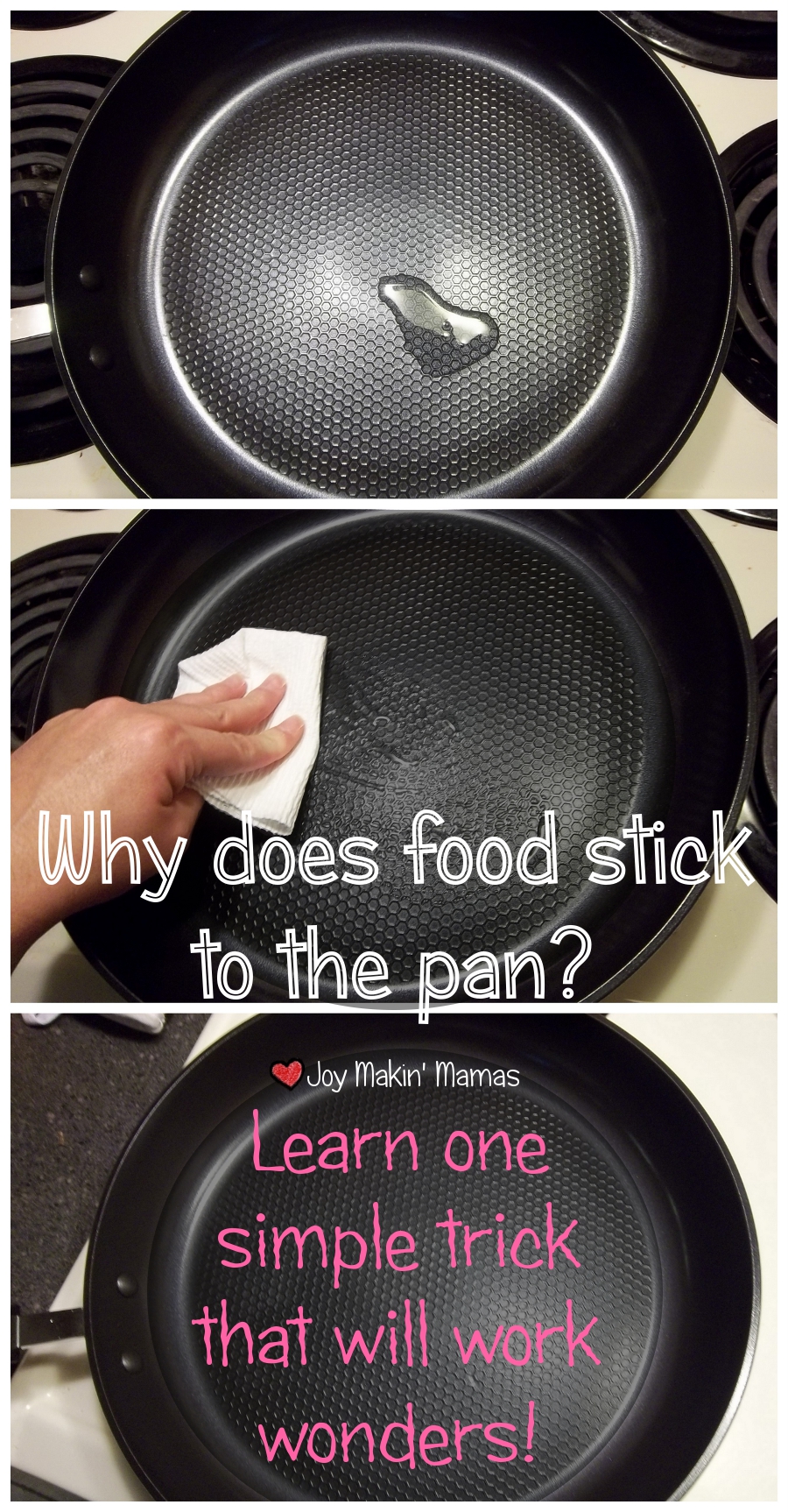 When I recently received the Ozeri 12″ Green Pan in exchange for my feedback, I realized that I actually do not know why food sticks to the pan. (And you’re probably thinking, “you didn’t care, either, did you?”) This turned out to be one of those little “I wonder” moments that turned into a revelation. Yes, my ridiculous compunction to Google an endless stream of probably unimportant questions led to a veritable lifting of the veil on the subject of how to keep your food from sticking to your pans. If you’ve been thinking your non-stick pans were ready for the bin because they don’t perform like they did, read on, because this may save you a lot of money. And if it doesn’t, you’ll have the lowdown on this particular line of non-stick cookware before you start shopping. That’s a lot of bang for one internet search.
When I recently received the Ozeri 12″ Green Pan in exchange for my feedback, I realized that I actually do not know why food sticks to the pan. (And you’re probably thinking, “you didn’t care, either, did you?”) This turned out to be one of those little “I wonder” moments that turned into a revelation. Yes, my ridiculous compunction to Google an endless stream of probably unimportant questions led to a veritable lifting of the veil on the subject of how to keep your food from sticking to your pans. If you’ve been thinking your non-stick pans were ready for the bin because they don’t perform like they did, read on, because this may save you a lot of money. And if it doesn’t, you’ll have the lowdown on this particular line of non-stick cookware before you start shopping. That’s a lot of bang for one internet search.
Food sticks to the pan because there are microscopic craters and cracks in the pan’s surface that allow your food to chemically bond with the metal in the pan when heated. (Um. Yuck? Also, this explains why it’s so hard to get stuck on food OFF.) Great Grandma’s cast iron cookware developed a famous “patina” over time because of this- and that’s why you are never, ever, ever supposed to run a cast iron pan through the dishwasher or scour it clean. (This has been the source of marital discord, and is also the reason I no longer have any cast iron pans. Although, you have to admit… nothing cooks quite like it.) What I did not know, however, is that our modern cookware, even our coated, non-stick pans, also develops a patina that improves its performance.
The reason you put oil in the pan and heat it before cooking is because it keeps food from sticking, right? Well it does that by filling the little holes and cracks. The hot oil also sears the surface of your food, making just enough steam to lift it a little off the surface and prevent chemical bonds. (Cool, right?) This also explains why when you try to rush things by adding the oil and the food to the cold pan all at once, it never works out. When you heat oil in the pan until it shimmers, and get it on the whole surface of the pan, that not only makes that whole sear/steam thing happen, it’s also the secret to getting the oil down into all those little craters and cracks we can’t see. Once the oil is down there, over time, heating the pan will bond the oil to the pan and protect your food from doing likewise. Unless, that is, you wash your pans in your dishwasher.
So there you are. That’s the revelation. The giant, life-altering, pin-worthy tip I have gleaned for you is: Wash your pans by hand. Detergents break down the polymerized fats that form the patina on your pans. They also damage your non-stick coatings, eventually leaving you with highly engineered paperweights that have chemically bonded to your food. Sounds fun.

The Ozeri Green pan comes with a ceramic surface that boasts non-stick properties that are “greener.” Meaning better for the environment, containing fewer compounds that are toxic if they outgas, etc. It also comes with instructions to season it with oil before you use it. In light of the whole patina situation, that’s obviously intelligent. It also tells you to keep your pan out of the dishwasher for best performance over time, although it is technically “dishwasher safe.” So far, I can say we’ve got science on our side.
I’m not qualified to evaluate whether Ozeri’s Green claims to be better for you and the environment are true, so I’ll leave that to those who are. I AM qualified to see if I can get food to stick to it, however. I asked myself, “What is the worst sticky mess I can think of?” So I put a pile of cheese in the middle of the pan and heated it up until it was all golden and caramelized and delicious looking. Then I let it cool off, because NOTHING sticks to a pan like cold, cooked on cheese.

Check out the results:
 Source: Why food sticks.
Source: Why food sticks.


Why does food stick to the pan? http://t.co/mpDUKRb3BN
Why does food stick to the pan? http://t.co/Q9zsBHU8Zl
the old skillet cast iron are same way you grease them and then ut themin freezer
for them not to stick